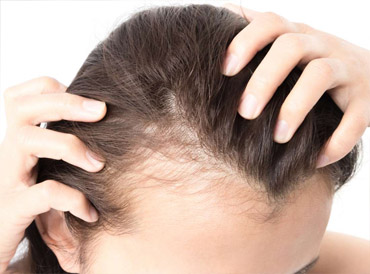Hair Transplant

Hair transplantation is based on moving the hair from the occipital area, where the follicular units
are genetically more resistant to the action of androgens (donor area), to the area affected by
alopecia (recipient area). But not everyone is suitable for this type of intervention. First of all, not all
alopecias can be transplanted. The main indication for Hair transplant is androgenetic alopecia.
The hair that gets stronger, thicker and with high density is the one that behaves better, and, of
course, the extraction will be better, and the feeling of coverage when covering the receiving area
will be greater. During the preoperative period, the patient must follow the guidelines they give
them before surgery, which include instructions such as reducing sports, tobacco, alcohol and
caffeine consumption.
How long does a hair transplant operation take?
The intervention lasts between 6 and 8 hours. It is a surgery that does not require admission, and
the medical recovery is fast. However, aesthetically, they insist that patients take into account their
socio-occupational activities that up to approximately 14 days later, it will be very evident that an
intervention has been carried out.
What type of anaesthesia is used?
The patient may present numbness or decreased sensitivity in the grafted area, and eventually in the
donor area, up to 3-4 months after the surgery, which will gradually recover. Whether it hurts or not,
it can be said that you don',t feel anything.
During the graft, nothing is noticeable since the area will be completely anaesthetized. Patients only
report discomfort during the anaesthesia process, which lasts approximately 10 minutes and for
which they previously apply "pre-anaesthesia", to reduce the discomfort further that it may cause.
During the postoperative period, developing a little frontal edema is common. The inflammation
goes down to the eye area during the first 3-4 days. But from the second week, you can return to
work activities (depending on the job you perform). And in this phase, the hair shafts of the
transplanted follicles begin to fall.




